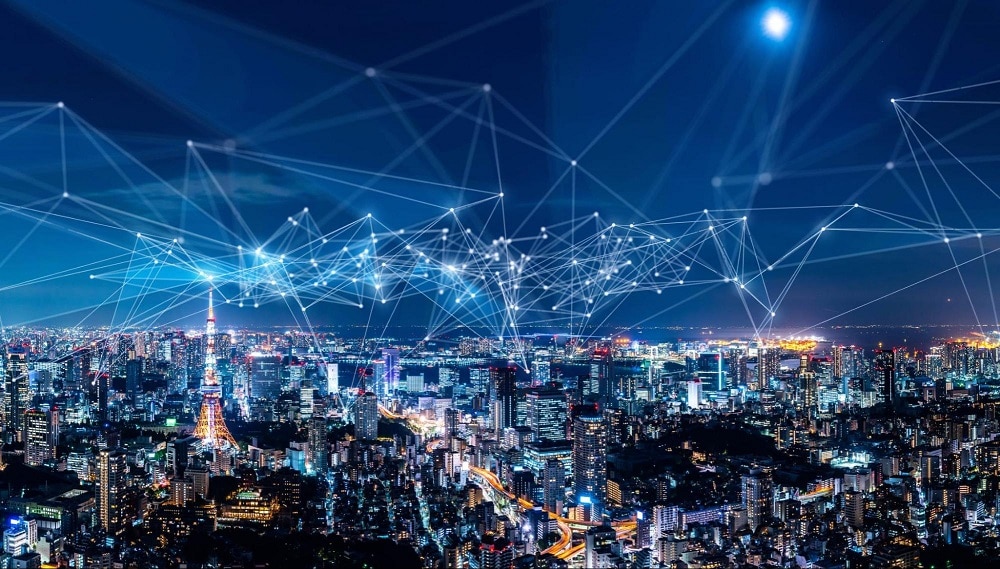The Complete Guide to Geospatial Analytics
Mobile devices, location sensors, social media, and other modern technologies enable enterprises to collect time and location (“geo-referenced”) data on virtually any occurrence.
But what are they going to do with all that Geospatial data? The geospatial analysis makes complex relationships understandable by using this data to create maps, graphs, statistics, and cartograms. These kinds of representations can indicate both historical and current trends. Using this data and utilizing it effectively can even predict things that will happen in the future.
Why is geospatial analytics used?
Geospatial analytics is used to add time and location to traditional data sets and to create data visualizations. Maps, graphs, statistics, and cartograms are examples. This added context helps to paint a more full picture of what happened. Easy-to-recognize visual patterns and images show insights that can be ignored in a large spreadsheet. Predictions will be faster, easier, and more accurate as a result of this.
Benefits of Geospatial data in analytics
Below are the major benefits:-
Identifying geographical patterns and trends — Some linkages and connections are impossible to comprehend without taking into account “where” (or “when”) they occur.
More segmentation options — When you include location as a component of your analysis, you can start segmenting and filtering based on geography, making the overall study more detailed.
Modeling the real world — Because everything has a geographic location, any analysis that does not include it is inherently weak. Geospatial data allows you to simulate the real world in real-time.
Accurate predictions contribute to better decision-making – When you investigate a phenomenon over time in the context of a certain area, you can learn more about why it occurs, where and when it does. This allows you to better anticipate not just what will occur, but also when and where it will occur. Then you can think about how you’ll react to future occurrences.
Ways geospatial data analysis is used effectively
Geospatial data is increasingly being integrated into a variety of businesses and organizational processes, which should come as no surprise. After all, it gives a wealth of additional facts and context that most other sorts of data lack. This data unfolds many business opportunities that otherwise could have been missed. Here are a few examples of businesses that are now using geospatial data analysis methodologies.
- Visit Attribution – Combine property and mobility data to figure out how many individuals went into your store rather than just passing by.
- Investment research- Analyse consumer behaviour and movement patterns to get clues about which businesses are worth investing in.
- Competitive Intelligence – Based on their locations, determine which surrounding businesses and points of interest are hurting (or even helping) your business.
- Consumer Insights – To strategically plan your business locations and inventory, observe patterns and behaviours as in what other stores your customers visit and what brands they buy.


























